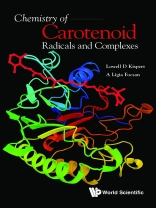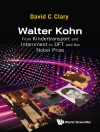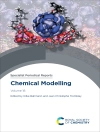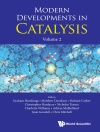Carotenoids are indispensable molecules for life. They are present everywhere in plants, algae and bacteria, whom they protect against free radicals and oxidative stress. Through consumption of fruits, vegetables and carotenoid-containing fish, they are introduced into the human body and, similarly, protect it. There are thus numerous health benefits associated with the consumption of carotenoids. Being antioxidants they are prone to oxidation themselves, easily forming radicals. In this book we will introduce the chemistry of carotenoid radicals, and additionally present studies on special carotenoid complexes.
The physisorption, electron and proton transfer processes that occur when carotenoids are adsorbed on solid artificial matrices or dissolved in aqueous solution have been elucidated, and similar reactions have been predicted in plants. We will provide instructive procedures for various measurement techniques on carotenoid radicals and complexes (optical, electrochemical, electron paramagnetic resonance, density functional theory), and analyze examples. Inclusion complexes of carotenoids with different bio-delivery systems are discussed in a final application chapter.
Contents:
- Preface
- About the Authors
- Introduction
- Electrochemical Studies of Carotenoids in Solution
- Density Functional Theory Molecular Orbital Calculations
- Electron Paramagnetic Resonance Spectroscopy Measurements
- Carotenoid Complexes
- Photoprotection by Carotenoid Radicals
- Carotenoid Analysis Sources
- Index
Readership: Academic and industrial scientists, graduate and senior undergraduate students in courses/research on photochemistry, phytochemistry, and pharmaceutical sciences.
‘Prof. Lowell Kispert is the world’s leading expert on carotenoid free radicals and their chemistry. Bar none, he is the most important person responsible for the current knowledge of carotenoid free radical chemistry and photoexcitation. This will be an excellent and important book.’ – James Norris Distinguished Service Professor Emeritus, University of Chicago, USA
Key Features:
- Reviews the chemistry of carotenoid radicals and special complexes, setting it apart from most carotenoid books which focus on neutral carotenoid species
- Covers characterization techniques of carotenoid radicals and complexes with examples, including optical, electrochemical, EPR and DFT studies












